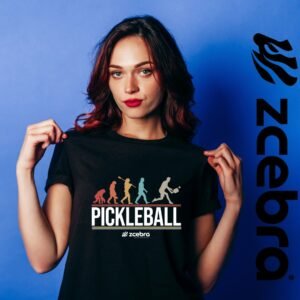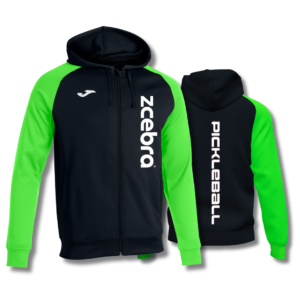In the vibrant heart of the sporting world, two jewels shine brightly among the wide range of racket sports: padel vs pickleball. At first glance, they might appear as minor variants in the vast spectrum of games involving rackets and balls, but a closer look reveals unique worlds full of strategy, dynamism, and a passionate community. Each, with its rich history, distinctive rules, and playing style, offers an unparalleled sporting experience. This article will not only guide you through the peculiarities that define padel and pickleball but also help you discover which of these sports resonates more deeply with you, whether for the adrenaline, camaraderie, or pure love of the game.
Here’s a comparative table to sum up these differences of padel vs pickleball:
| Feature | Padel | Pickleball |
|---|---|---|
| Origin | Mexico, 1969 | United States, 1965 |
| Court | Enclosed, with walls | Open, no walls |
| Court Size | 20m x 10m | 13.41m x 6.1m (44 feet x 20 feet) |
| Net | Similar to tennis | Lower, similar to badminton |
| Ball | Similar to tennis, less pressure | Plastic, lightweight, perforated |
| Racket | Solid surface, no strings | Larger, solid, composite materials |
| Play | Primarily doubles (4 players) | Singles or doubles |
| Scoring | Similar to tennis (15, 30, 40, game) | Up to 11 or 15 points, must win by 2 |
| Popularity | Very popular in Spain and Latin America | Rapidly growing in the United States, expanding globally |
| Special Zones | Not applicable | The “kitchen”: no-volley zone in front of the net |
| Game Strategy | Use of walls for rebounds, tactical play | Mobility and quick strategy, accessible gameplay |
| Innovation and Community | Strong club culture and competitions | Rapid community expansion, support from brands like Zcebra |
Origin and Evolution of padel vs pickleball
From Tennis to Padel: A Creative Evolution
Padel is a sport that, although inspired by tennis, has forged its own path to uniqueness. Its origins trace back to Mexico in the late 1960s when Enrique Corcuera adapted his property to create the first padel court, marking the birth of a new sport. This invention quickly spread to Spain, where it found fertile ground for development and expansion. In Spain, padel transformed from a weekend curiosity into a cultural and sporting phenomenon, growing in popularity to become the second most practiced sport after football. Over the years, it has been refined and structured, giving rise to international championships and a dedicated federation that underscores its importance in the global sports landscape.
Pickleball: An American Fusion
In contrast, pickleball was born on Bainbridge Island, near Seattle, Washington, in 1965. Created by three fathers looking to entertain their children during the summer, the game took elements from badminton, tennis, and ping-pong, creating an accessible sport that didn’t require specialized athletic skills. They named it “pickleball,” in honor of the family’s dog, Pickles, who would chase after the balls. This sport is characterized by its inclusivity, allowing people of all ages and abilities to enjoy the game. From its humble beginnings, pickleball has crossed borders, gaining popularity in the United States and beyond, evidenced by the growing number of dedicated courts and the formation of national and international organizations that regulate the game and its competitions.
Both sports, although different in their genesis and evolution, share a common core that makes them irresistibly attractive to millions of enthusiasts: the fusion of physical effort with mental acuity, creating a playing field where strength and strategy meet. As we delve further into these disciplines, we immerse ourselves in the peculiarities that not only distinguish them from each other but also make them stand out in the sporting world.
The Playing Field of padel vs pickleball
The Unique Design of Padel Courts
Padel courts are distinctive not just for their reduced size compared to tennis courts, but also for the walls that enclose them. These walls, made of glass or wire mesh, are not merely physical boundaries but active elements of the game, allowing the ball to bounce off them and continue play. This feature adds a layer of complexity and strategy, as players must anticipate not only their opponents’ moves but also how their shots will interact with these surfaces. Moreover, the enclosed space promotes a more social and collaborative game, especially in doubles, where communication and coordination with your partner are essential for success.
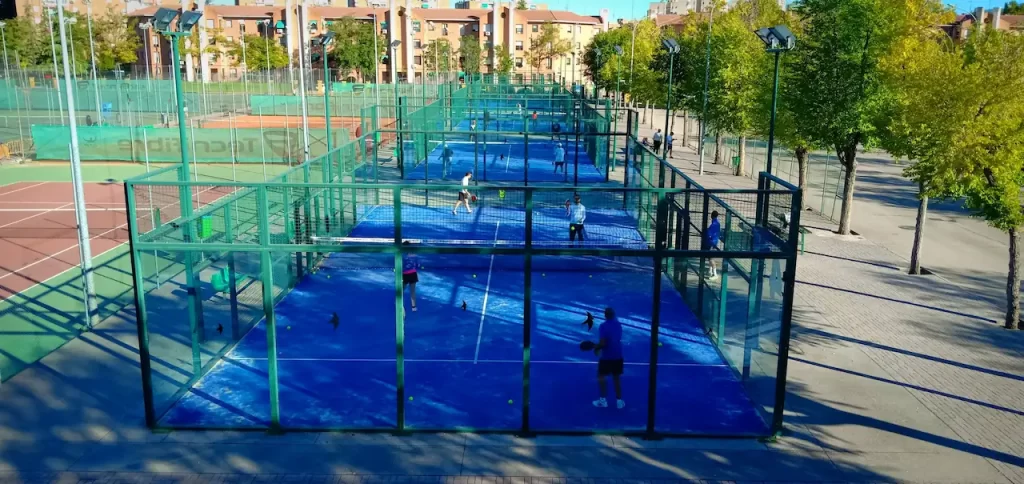
Pickleball: Efficiency in a Compact Space
The pickleball court, while similar in size to a badminton court, incorporates a lower net and a no-volley zone or ‘kitchen,’ prohibiting volleys within this area to prevent dominance of play near the net. This design encourages a game based on precision, control, and long-term strategy, where players must balance aggression with caution. The simplicity and accessibility of pickleball courts make them especially attractive for community centers and recreational facilities, allowing for rapid expansion and popularity.
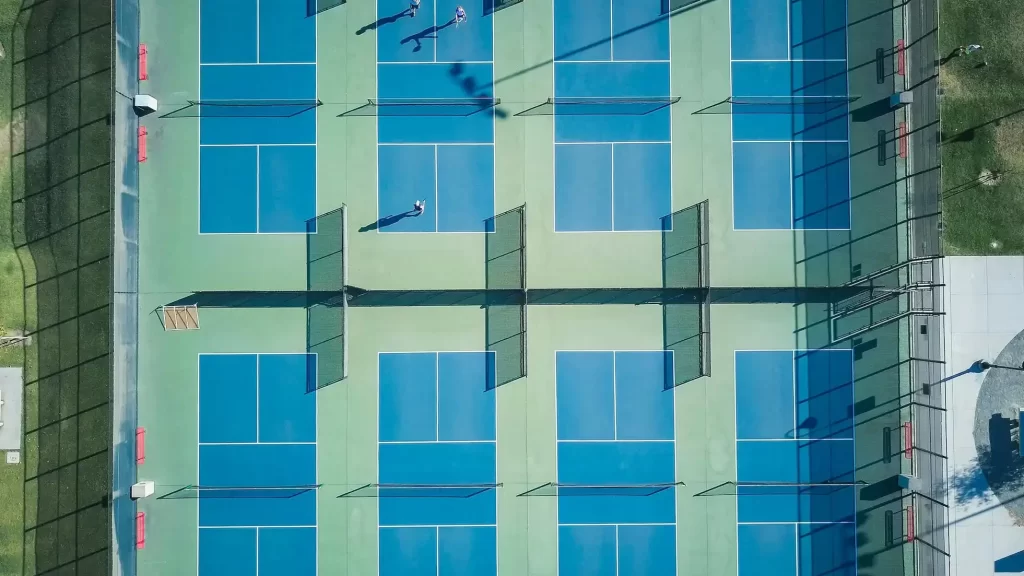
Equipment and Technique in padel vs in pickleball
The equipment in both sports is crucial for player performance, designed specifically to complement and enhance the unique gameplay of each sport.
Padel: Innovation in paddles and Balls
Padel paddles, though similar in shape to tennis rackets, are more compact and lack strings, instead having a solid surface with perforations that offers exceptional control over the ball. These paddles allow for a wide range of shots, from powerful smashes to subtle precision touches, providing players with a vast array of tactics at their disposal. Padel balls, on the other hand, are slightly softer and less pressurized than tennis balls, adapting to the speed of play and the conditions of the enclosed court.
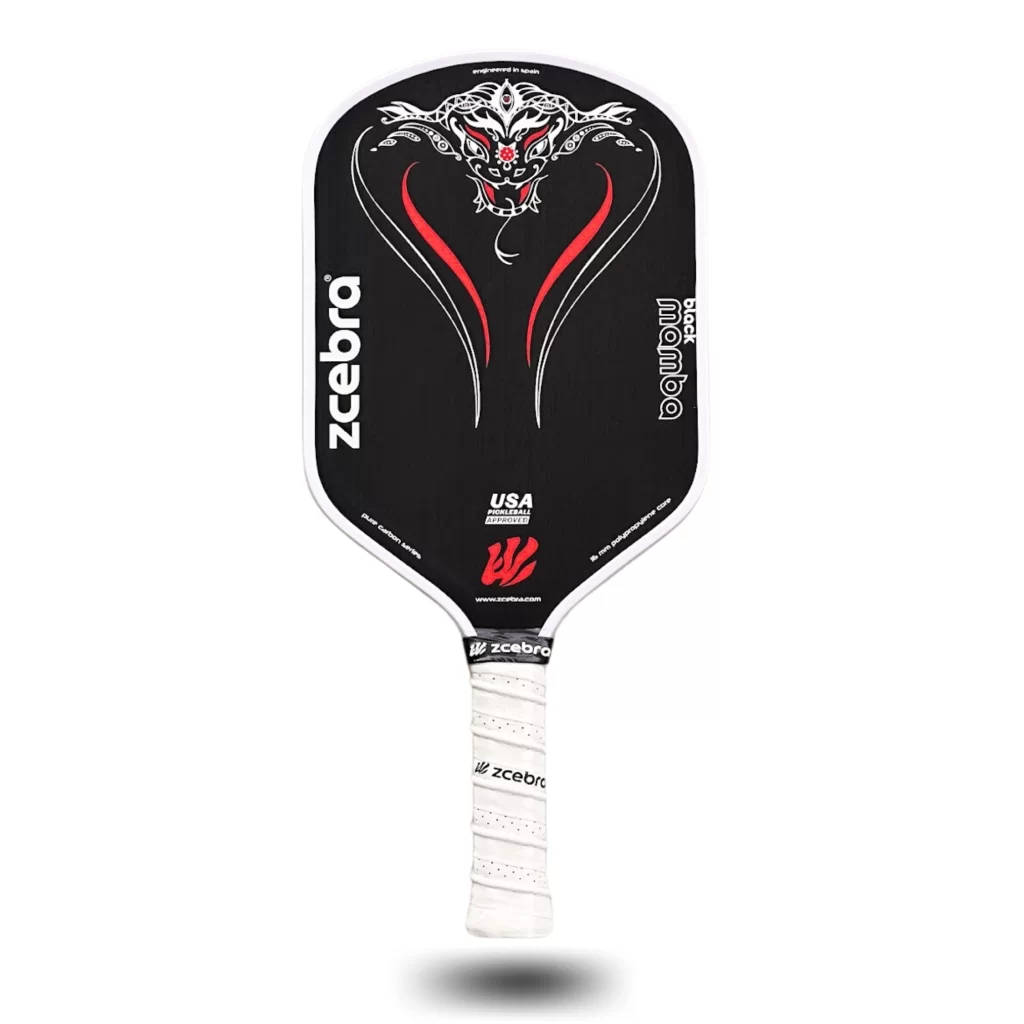
Pickleball Paddle Black Mamba Pure Carbon Series
We have created a completely new technology to manufacture the BLACK MAMBA paddle. The surface is made of Pure Carbon Fiber T700, to which we have added extra roughness that generates an unparalleled ball effect, effortlessly neutralizing your opponents’ spin with precision.
Pickleball: The Right Choice of paddles and Balls
The pickleball paddles, or rackets, are larger than those used in padel but equally solid, made from composite materials that allow for an optimal balance between power and control. The balls, specifically designed for this sport, are made of plastic and perforated, similar to wiffle balls, adapted for both indoor and outdoor play. This equipment facilitates a game that is both accessible to beginners and deeply challenging and rewarding for advanced players.
Within this framework of unique gameplay, each sport offers its own challenges and rewards, attracting a broad range of enthusiasts and professionals. Whether it’s the strategic depth of padel or the energetic pace of pickleball, players find in these sports a source of physical exercise, competitive engagement, and, most importantly, fun.
Strategy and Scoring of padel vs picklebal
Winning Strategies in Padel
Padel is a game of intellect and anticipation, where the ability to read the game and predict opponents’ movements is rewarded as much as technical skill. A common tactic is the use of shots that bounce off the walls in unpredictable ways, complicating the opponent’s return. Moreover, the serve in padel, while less dominant than in tennis, remains a crucial tool for starting the point with an advantage. Communication between partners is vital in doubles, where coordinated plays and strategic positioning can exploit gaps in the opponents’ defense.
Mastering the Scoring System in Pickleball
Pickleball’s scoring system is unique and promotes an offensive game. Only the serving team can score points, adding an extra layer of pressure on each service. Reaching 11 points with at least a 2-point lead determines the winner, leading to intense exchanges and thrilling comebacks. The “kitchen,” a no-volley zone directly in front of the net, introduces a tactical prohibition against air shots in this area, compelling players to step back and strategize for the long game instead of relying on brute force.
Innovation and Technique: Zcebra’s Role in Pickleball
At the core of pickleball’s growth and evolution in Spain is Zcebra, a pioneering brand that has brought innovation and quality to the sport’s equipment. Their paddles, known for their durability, ergonomic design, and cutting-edge technology, enable players of all levels to maximize their performance on the court. Zcebra has not only enriched the gameplay experience through its products but also fostered the pickleball community by organizing events and tournaments that have significantly contributed to the sport’s increasing popularity in Spain.
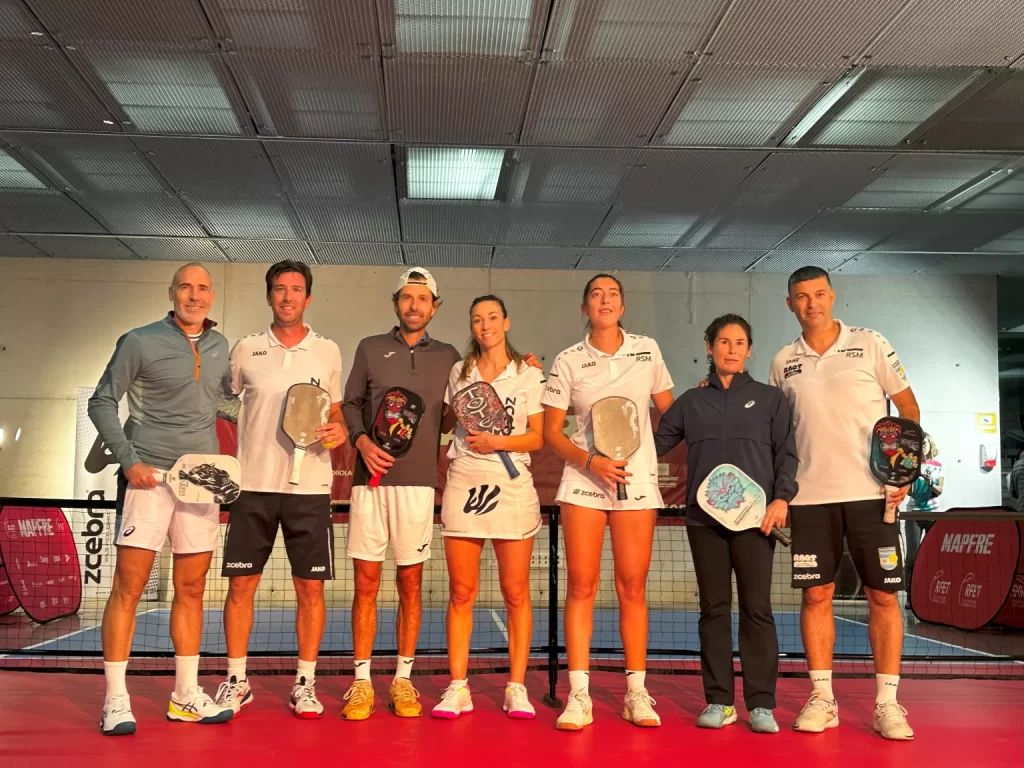
Culture and Community (padel vs pickleball)
Both padel and pickleball benefit from a vibrant and continuously growing global community. Local clubs, leagues, and tournaments offer not just opportunities for competition but also for socialization, creating a sense of belonging and camaraderie among players.
The Rise of Padel vs Pickleball
Padel has experienced exponential growth, especially in countries like Spain and Argentina, where it has become a cultural phenomenon. Similarly, pickleball has witnessed a comparable surge in the United States, becoming the fastest-growing sport in the country. Both sports attract players of all ages and skill levels, from enthusiastic youths to seasoned veterans, all united by their love for the game.
Highlight Events and Competitions
Tournaments in padel and pickleball serve as the season’s highlights, showcasing skill, strategy, and sportsmanship. From local competitions to international championships, these events not only test the players’ talents but also celebrate the community and passion surrounding these sports. Participation in these events is often seen as a rite of passage, an opportunity to measure oneself against the best and forge lasting bonds with teammates and rivals alike.
Your Next Sporting Challenge
Choosing between padel vs pickleball transcends a mere preference for a type of court or style of play; it’s a decision that reflects our innate desire to connect, compete, and grow. Both sports offer a window into worlds filled with tactical challenges, intense emotions, and, most importantly, the opportunity to be part of a community that celebrates every won point, every played match, and every new friendship forged on the court.
Padel: A Dance of Strategy and Skill
Padel invites players to engage in a dance of intellect, where every movement is both a question and an answer in the ongoing dialogue of the game. Its global growth is a testament to its universal appeal, offering a platform for physical exercise, mental acuity, and camaraderie for both young and old alike.
Pickleball: Quickness and Accessibility
Conversely, pickleball stands out for its accessibility and the brisk pace of its gameplay, offering a friendly learning curve with strategic depths that reward both novices and veterans. The contribution of Zcebra to this ecosystem has not only enriched the quality of available equipment but also strengthened the community infrastructure around the sport, promoting its expansion and inclusivity for all interested players.
What will you choose between padel vs pickleball?
Ultimately, whether you lean towards the tactical charm of padel or the vibrant energy of pickleball, what prevails is the passion for the game. Both sports challenge you to outplay your opponents and to surpass yourself, elevating your skills, strategy, and competitive spirit. In the end, the choice between padel and pickleball is not just about which sport to play, but about what kind of player you wish to be and the community with which you wish to grow.
Looking Ahead
As padel and pickleball continue to evolve, their global communities will expand, offering even more opportunities for competition, fun, and connection. The influence of innovators like Zcebra will remain pivotal in this growth, ensuring that equipment and playing opportunities are accessible to everyone.
At the intersection of strategy, physical exercise, and socialization, padel and pickleball are not just sports but lifestyles. The decision on which to follow depends on what you seek in your sporting journey and the connections you hope to make along the way.











